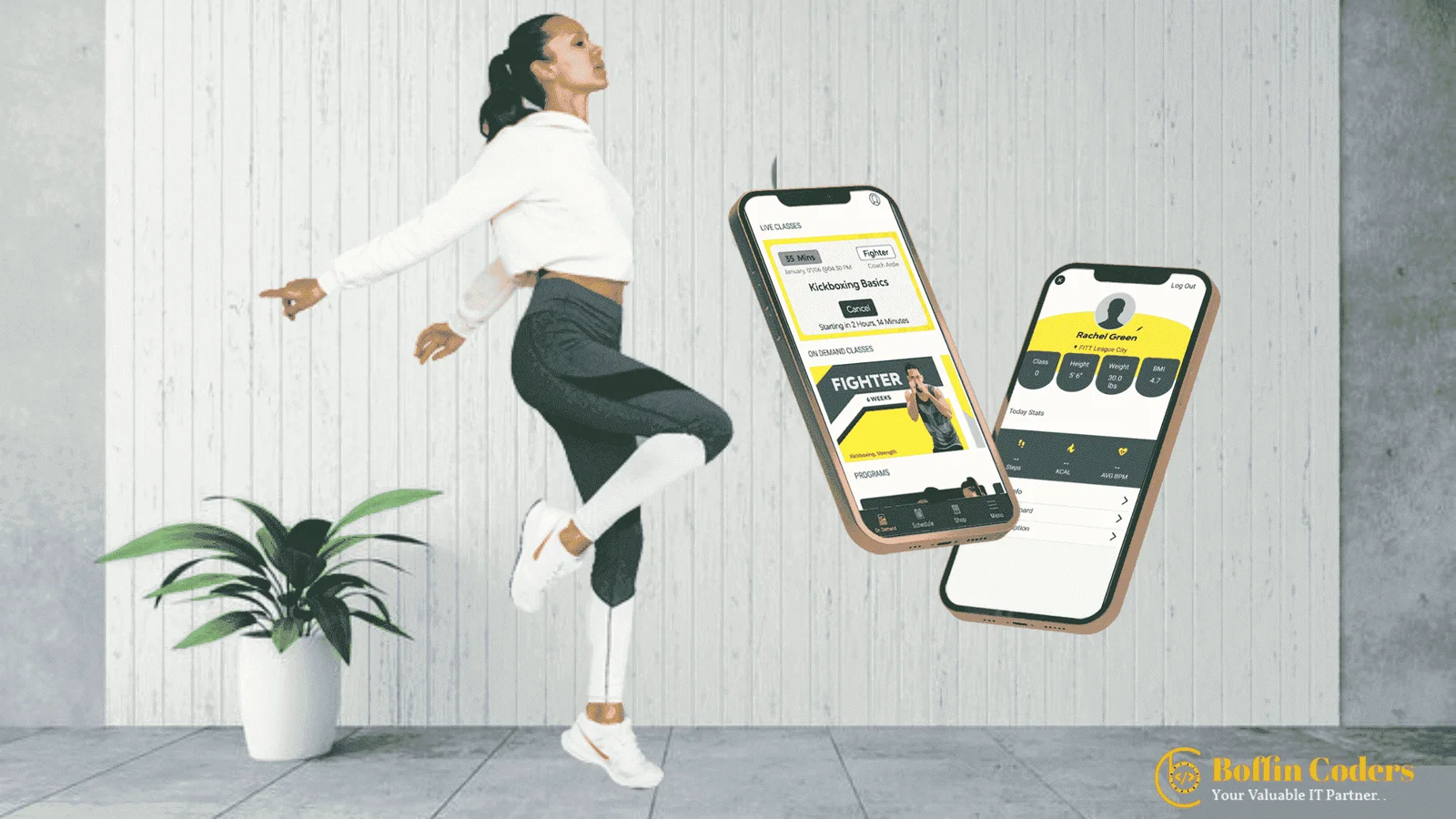Practising health exercises is a modern trend, and fitness apps find their place in smartphones very well. These are specific apps that have the mechanism to record and analyze information about various users’ activities. Digital applications are a solution to track daily progress at low costs. These apps track your food and water intake and workout patterns to ensure that your daily routine is appropriate for healthy living. Health and Fitness apps work as health coaches who help users achieve their health goals effectively.
Benefits of Using Fitness Apps
Diet Monitoring
People who like to keep their weight under check use health and fitness apps to analyze their meals. You can specify the food you eat, and the app will calculate the calories, carbohydrates, proteins, and fats you intake. You can track all your food intake and maintain a digital food diary to help you maintain your fitness diet.
Monitoring Progress
You can keep records of blood pressure and blood sugar levels regularly. You can follow an exercise plan that is healthy for your body and keep your blood parameters within healthy limits.
Free Health Tips
Many apps provide a health guide to follow. It helps you to follow the tips to gain the specified results. It helps you follow a workout routine according to the results you desire.
Tracking Footsteps
Pedometer apps are available online to track how many steps you walk. According to the steps counted, it calculates the distance you walk and how many calories you burn. It helps you to track your progress, and you can work more towards achieving your goal.
Personal Health Care Coaches
Smartphone technologies make it easier for you to get professional help with your workout routine. Mobile apps provide health coaches for free or at a low cost to help you follow a healthy workout plan according to your goals.
Keeps You Motivated
Regular reminders and notifications motivate users to perform some specified tasks. Apps can remind you to drink water or eat your food on time. You can check how you are performing compared to past days, and you can do better every day.
Google Fit and Apple HealthKit
All health and fitness apps have the same goal, but their functionality creates a difference. Android and iOS are leading smartphone OS platforms, and when it comes to health apps, there is competition among themselves. Healthcare applications are in style, and both platforms wish to enter that domain. The developers attempt to create apps that can take data from different health kits to generate accurate results and exercise plans. Google presents Google Kit, and Apple has its Apple HealthKit, which encourages developers to make more family healthcare and emergency services-based applications.
Integrating health kits into mobile apps is a big step, and both Google and Apple recognize the need. There are some noticeable differences between these two platforms.
Google Fit vs Apple HealthKit
Tracking fitness is an increasing trend among apps and people. It makes sense why big names like Google and Apple are trying to provide this service to their users. It is worth considering what these two have in common and how they differ.
Platform
Apple Health came onto the market in 2014, and iOS versions later than iOS8 support it. It is compatible with iPads and Apple Watches. Google Fit came in late 2014 and works on Android, Wear OS, and Apple iOS efficiently. It is a single API set that supports multiple apps and devices. Google focuses on medical data to predict a healthy routine for you.
Apple HealthKit targets digital health and records medical data with the device’s sensors. It counts your steps and walking distance with the help of its accelerometer.
Mobile Apps
Healthcare is a vast industry, and people are interested in growing a healthier ecosystem. Google Fit and Apple HealthKit help developers create more apps that share data without worrying the user. They both work in the same bracket, but the difference lies in their approach.
- Apple provides better data security, while Google focuses on fitness goals.
- Apple’s target is to record digital health, while Google works on medical data.
- Apple designs apps that provide a complete picture of your health status, while Google is concerned with reaching fitness goals and daily progress.
Design
Apple HealthKit and Google Fit are user-friendly. You can swipe down to refresh to get the current health status. All the information you need about your health is there, which helps your growth. They also provide a graphical representation of the data, which makes it easier to see how you are performing.
Google Fit allows its users to exercise without carrying their smartphones. You can select the activity from the menu, and the app adds it to your profile.
Features
Google and Apple have a few features in common, like walking, running, and cycling. You can add other activities manually. Google Fit provides a web interface that is accessible from anywhere. Apple HealthKit is only accessible through Apple devices, but compared to Google Kit, the data it records is more accurate.
Apple HealthKit allows it to record and display small details of the diet, like fiber or calorie intake or body temperature. It gives the user a detailed overview of their diet plans and exercises. Google Fit is unable to provide these details.
Data Collection
Google Fit and Apple HealthKit can collect data from external devices connected to their smart devices. There are fashionable devices available on the market that are compatible with Google and Apple devices. Both of the platforms are still not impressing everyone, and users keep switching between these platforms to check which one better meets their requirements.
The data collected is not 100% accurate, but developers are constantly working towards designing better solutions. Google Fit records data related to heartbeat calculations but not blood pressure levels. Apple HealthKit collects data from other medical apps to record nutrition, medication, sleep data, etc.
Security
Google Fit has a few limitations in terms of user information security. It is not ideal to use Google Fit with any service that is certified as a medical device. Google Fit uses the general privacy policy and requires a Google account to log in. Google Fit doesn’t guarantee the security of user information as it is not a medical device itself.
Meanwhile, Apple HealthKit is a well-secured app that works only on iOS-based devices. The app asks users to create a new username and password to log in. The latest versions of iOS offer logging in with a fingerprint
A Word for Developers
If you are going to develop a health app, below are some tips that can help.
- Request access to user data only if it is reasonable. People don’t trust the app, which asks for access to data that is not necessary for the fitness program.
- Let the users understand how it works. The users must understand how the app uses their data to improve their routines.
- Take advantage of the user interface. Try not to block users from pausing tracking of some activities or pausing the whole app. Some users find it inconvenient when an app forces them to use it.
Conclusion
When we consider the benefits of Google Fit and Apple HealthKit, they sure have something good coming in the future. Apple and Google have many users putting their trust in their apps. Both of them are great platforms for healthcare apps to grow. With all the tips in your palm, you can contact Boffin Coders for professional assistance in developing a healthcare app. Fitness is a trending topic, and healthcare apps are the future. You can benefit from it.







